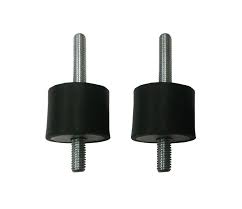
High deflection isolators are a critical component in enhancing vibration control in various engineering and industrial applications. These isolators are designed to significantly reduce the transmission of vibrations and disturbances from surrounding machinery and equipment, thereby improving overall system performance and reliability. In this paper, we will explore the effectiveness and advantages...